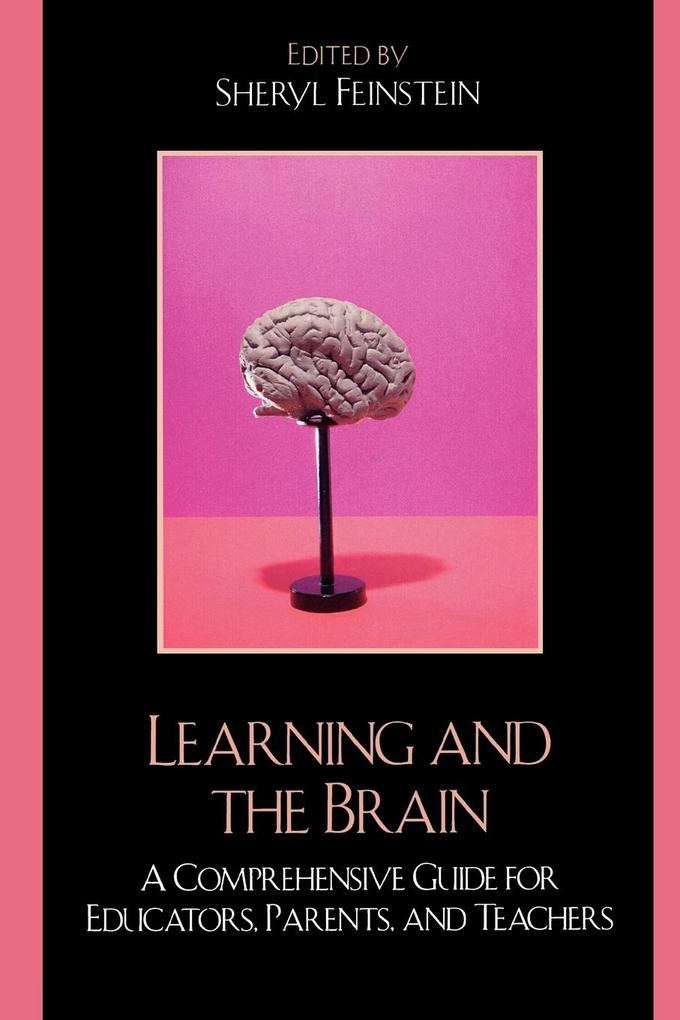Written in an easily understood, jargon-free style, this [book] offers information on current issues in education, educational psychology, cognition, instruction, and curriculum development. Entries on teaching and learning address students' characteristics, hindrances to learning, and implications for classroom instruction. Sample topics include at-risk behavior, classroom management, emotional or behavioral issues, learning styles, learning theories, physical and emotional development, and reading. Authors are experts in the fields of neuroscience, psychology, and education. The primary focus is K-12, with additional information on preschool and adult learners. Nearly 100 entries are listed alphabetically, with cross-references and short lists of further readings. Besides the index, a list of A-Z entries and a guide to related topics facilitate navigation. The book includes an extensive bibliography and a glossary of terms relevant to the science of brain structure and function. Recommended. Lower-division undergraduates through researchers/faculty; general readers. CHOICE With nearly 100 accessibly-written entries, a glossary and well-prepared bibliography, this A-Z guide to education, educational psychology, cognition, instruction and curriculum development will appeal to parents as well as teachers. Entries include concise lists of further reading and describe such topics as the ageing brain, at-risk behavior, creativity, critical thinking, distributed intelligence, the brain in early childhood, gender differences, language acquisitions and disorders, moral development, nutrition, poverty, reading and fluency, self-esteem, spirituality, trauma and writing. The editors provide a helpful guide to related topics. -- Reference & Research Book News August 2007 [W]ill be useful for educators, parents and teachers, as it provides a wealth of knowledge about why educational experiences are structured the way they are, and how this structure helps students learn more. Mentalhelp.Net













